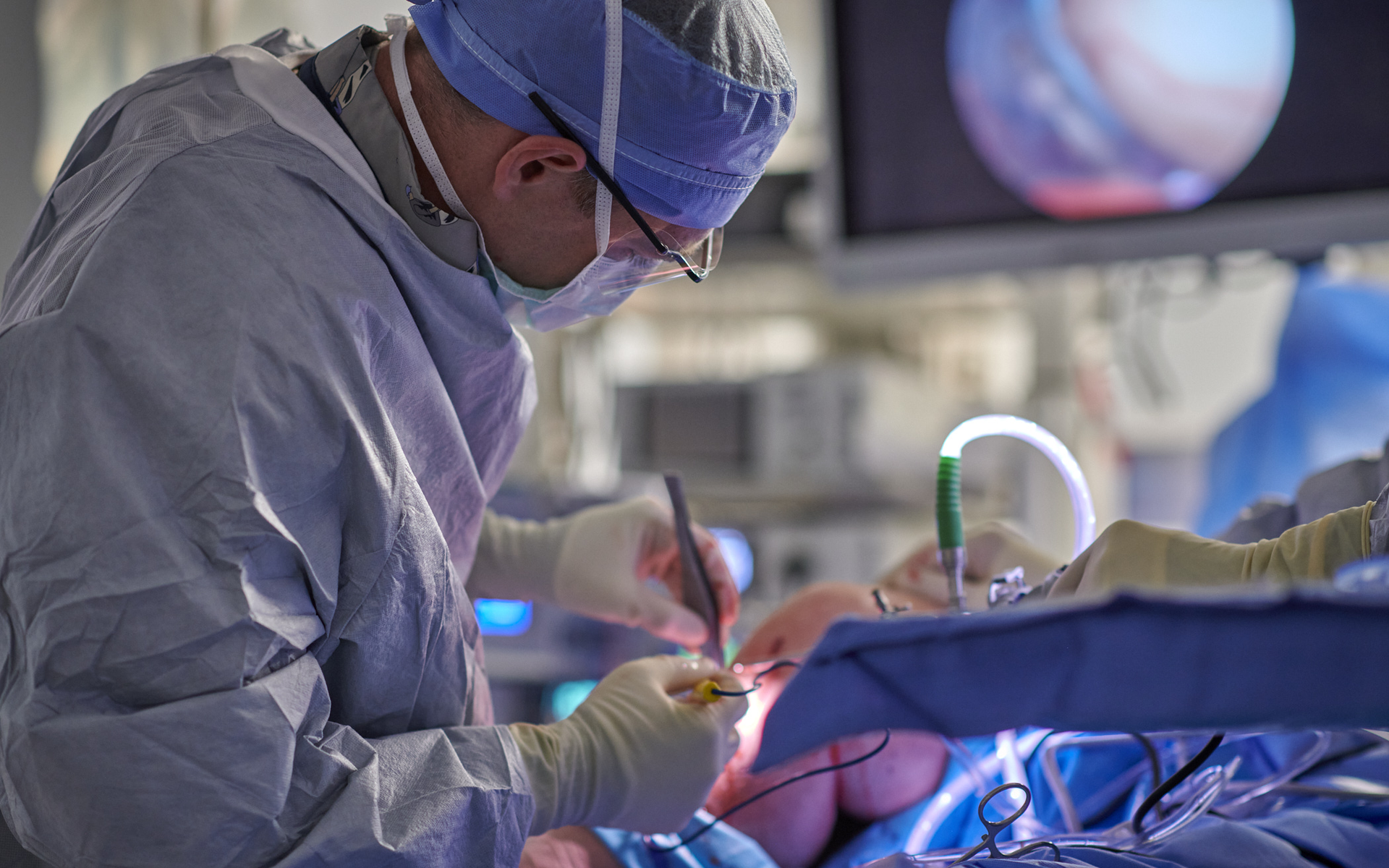Advanced orthopedics and sports medicine is a branch of medicine that deals with the diagnosis and treatment of disorders of the bones, joints, muscles, and tendons. It also includes the management of injuries to these tissues.
The field of advanced orthopedics and sports medicine has evolved rapidly over the past few decades. Thanks to advances in medical technology, orthopedic surgeons are now able to provide more effective treatments for their patients.

Image Source: Google
Some of the most common procedures performed by orthopedic surgeons include joint replacement surgery, arthroscopic surgery, and spinal fusion surgery. Orthopedic surgeons may also use less invasive methods such as physical therapy and rehabilitation to treat their patients.
Advanced Orthopedics and Sports Medicine offer a wide range of benefits for patients. These benefits include improved joint function, reduced pain, increased range of motion, and improved quality of life. Advanced Orthopedics and Sports Medicine can also help to prevent further joint damage and improve overall joint health.
There are several risks associated with advanced orthopedics and sports medicine. These include:
• Infection: Infection is always a risk with any surgery, and orthopedic surgery is no exception. This is especially true with sports medicine procedures, which often involve the implantation of metal or artificial joints.
• Blood clots: Blood clots can form in the veins after orthopedic surgery, and if they break loose they can travel to the lungs, causing a potentially fatal condition called pulmonary embolism.
• Nerve damage: Surgery near nerves can sometimes result in damage to the nerves, which can lead to numbness, tingling, or weakness in the affected area.
• Joint stiffness: Joints that have been repaired or replaced via orthopedic surgery may be stiffer than normal joints. This is usually temporary, but it can occasionally be permanent.
• Scarring: All surgery leaves scars, and orthopedic surgery is no different. In most cases, the scars will be hidden beneath clothing, but they may still be visible.